On this International Woman’s Day in 2019 it’s time to recalibrate your bullshit meters, and slice into truth as best you can with respect to the rearview mirror on prominent female artists. There are two bold, female artists with three hundred years between them, whose vision and talent were overshadowed by the sad tales they were aligned with: one with sexual violence by a man, and one with a violent war by men. The story of their accomplishments needs revisiting with a fresh lens. If I can make a sports analogy, each artists’ true talent was misaligned, much like Babe Ruth being recognized for his good eating habits due to his marriage to a chef de cuisine instead of his innate athletic abilities (he wasn’t married to a chef, the example is for illustration only). The chef’s reputation and narrative overrides all of the power and importance of his legacy. So let’s revisit each woman, and unpeel the rhetoric that surrounds them.
“Gerda Taro” was a pseudonym for a young Jewish woman from Germany named Gerta Pohorylle. She was caught in 1933 by the Nazi government for sharing anti-Fascist propaganda, so she fled to Paris without her family where she met Endre Friedmann, a Hungarian-Jewish photographer in training. The two collaborated and they created a pen name together, “Robert Capa” which was meant to distract from their combined Jewish heritage, and to appeal to a lucrative American market for photographs from the changing face of wartime Europe. While Robert Capa is assumed always to be a male, it is as much Gerta as it was Endre in the early years. To this day there are misleading articles about his talent overshadowing her talent. In reality, it is her photographs that share the artistic interpretation of the time, while his were observations, not translations. Gerta was the first woman to take war photography to the front lines, and was the first woman to die doing so. She died at age 26 during the Spanish Civil War at the Battle of Brunete, 15 miles west of Madrid. One account says she was killed by a tank rolling over her, the other that she was bombed while riding on a truck carrying dead soldiers. Her death was mourned by thousands in Paris hailing her as an anti-Fascist martyr, and included a tombstone designed by artist Alberto Giacometti.
If you look at the breadth of work by Robert Capa, you can see the difference between Gerta’s wartime work, with sharp angles and deliberate poses versus his work which was all about movement.
Artemesia Gentileschi was an Italian Baroque painter whose reputation was sandwiched by her father’s succesful painting career and the unfortunate trials of her being raped by fellow painter Agostino Tassi. Criticism from feminists such as Camille Paglia claim that her reputation is overrated and that her work is modeled by the male example of the time. I beg to differ. If you look at her work and subjects in comparison with male works at the time, there is ne plus ultra. There is no better depiction of “Judith Slaying Holofernes” in the history of art – the feeling in the image is incomparable. Any woman who has experienced violence or abuse looks to this image as a talisman, whether they admit to it or not. Her depiction of “Susanna and the Elders” and “Jael and Sisera” also elicit the same response. Artemesia is a powerful artist making a dynamic statement, and if you look closely at her paintings you will see exactly what I mean. Her male counterparts’ work pales in comparison with respect to feeling and impact. Even Caravaggio, who had a reputation of drama and violence, could not outdo the force of Artemesia’s Judith composition.
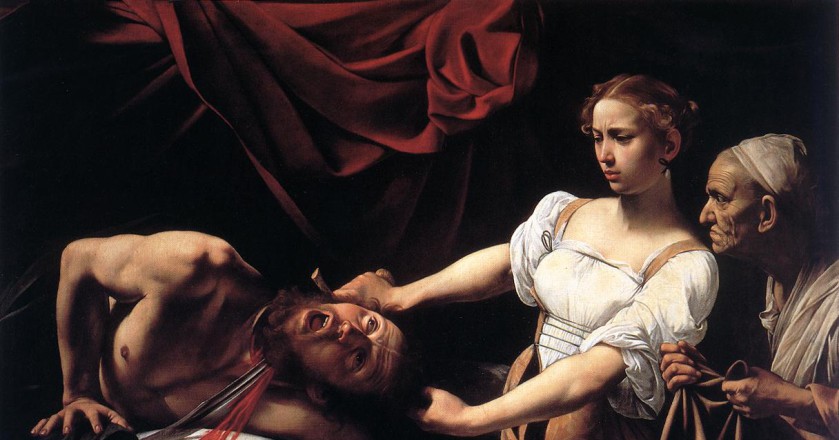
Caravaggio, “Judith Beheading Holofernes”,1598–1599, 57 x 77 inches, Galleria Nazionale d’Arte Antica at Palazzo Barberini, Rome
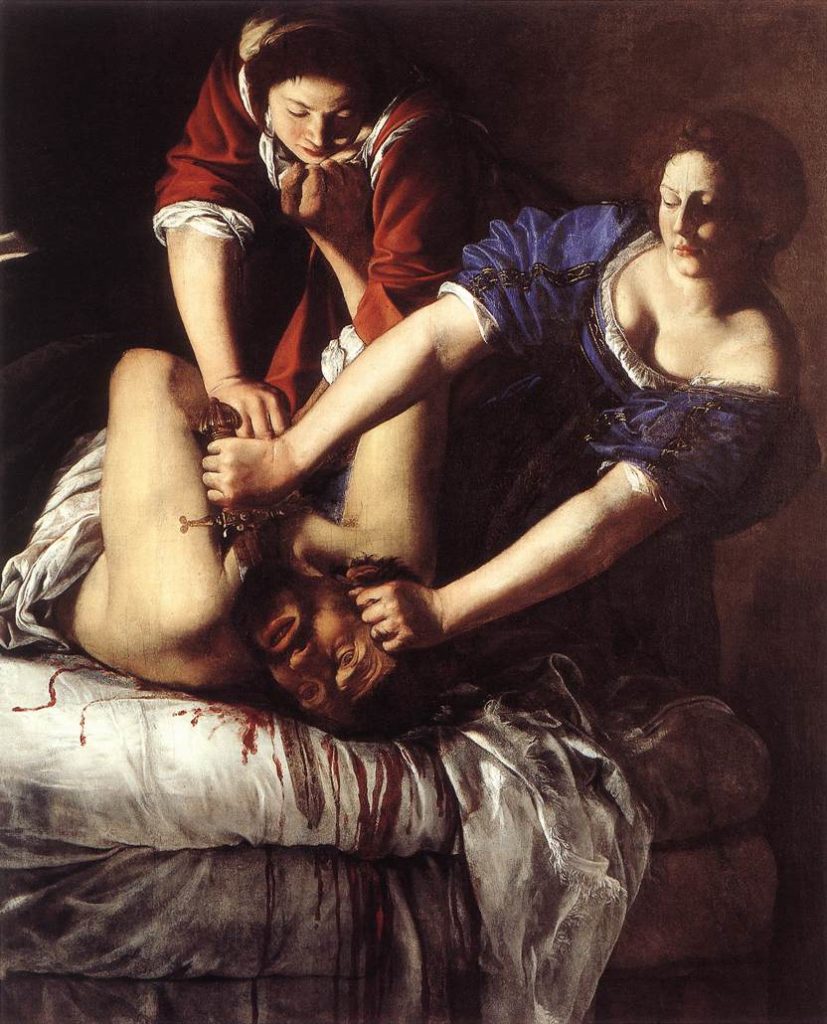
Artemesia Gentileschi “Judith Slaying Holofernes”, 1614-20, 78.33 in × 64.13 inches, Ufizzi Gallery Florence, Italy
Both Gerta and Artemesia, while seemingly different are closely related. Their stories are bound by the forceful men that surrounded them – they never denied the violence but embraced it and translated it. Obviously all men are not violent and each woman embraced the loving guidance of their father, Artemesia, and the guidance of their lover, Gerta. That said, their oeuvres should be considered wholly apart from the side story of their male counterparts, whether they were raped by them or ultimately killed by them.
If you live in the UK, please make a visit to Parliament before March 14 where you will see a collection of photographs taken by the exact same model 1932 Leica II camera, just as Gerta did on the war fields. Filmmaker and artist Barry Bliss was inspired by Gerta’s work, and has chosen to photograph 30 women artists in the series “Make a Mark”. The project is bringing awarenes to females in the arts, in the same breath as discussions of war, Brexit, and imperialism- all with the backdrop of celebrating 100 years of women’s suffrage. It’s a shocking and neccesary mix to consider. The project will also be at Walthamstow as part of the E17 Art Festival June 1-16.
For further reading and consideration:
Gerda Taro: Inventing Robert Capa , by Jane Rogoyska, December 9, 2013
The documentary film, The Mexican Suitcase (2011), tells the story of a suitcase of 4,500 lost negatives taken by Taro, Capa and David Seymour during the Spanish Civil War. The suitcase, and the negatives, are currently housed at the International Center of Photography in New York City
The Trials of Artemisia Gentileschi: A Rape as History, by Elizabeth S. Cohen, The Sixteenth Century Journal, Vol. 31, No. 1, Special Edition: Gender in Early Modern Europe
Tagged: Art, Artemesiagentilleschi, arthistory, baroque, barry bliss, Gerda Taro, herstory, International Womans Day, Judithslayingholofernes, painting, parliament, photography, Robert Capo, Violence in Art, war and art, Women in Art, womyn, WWII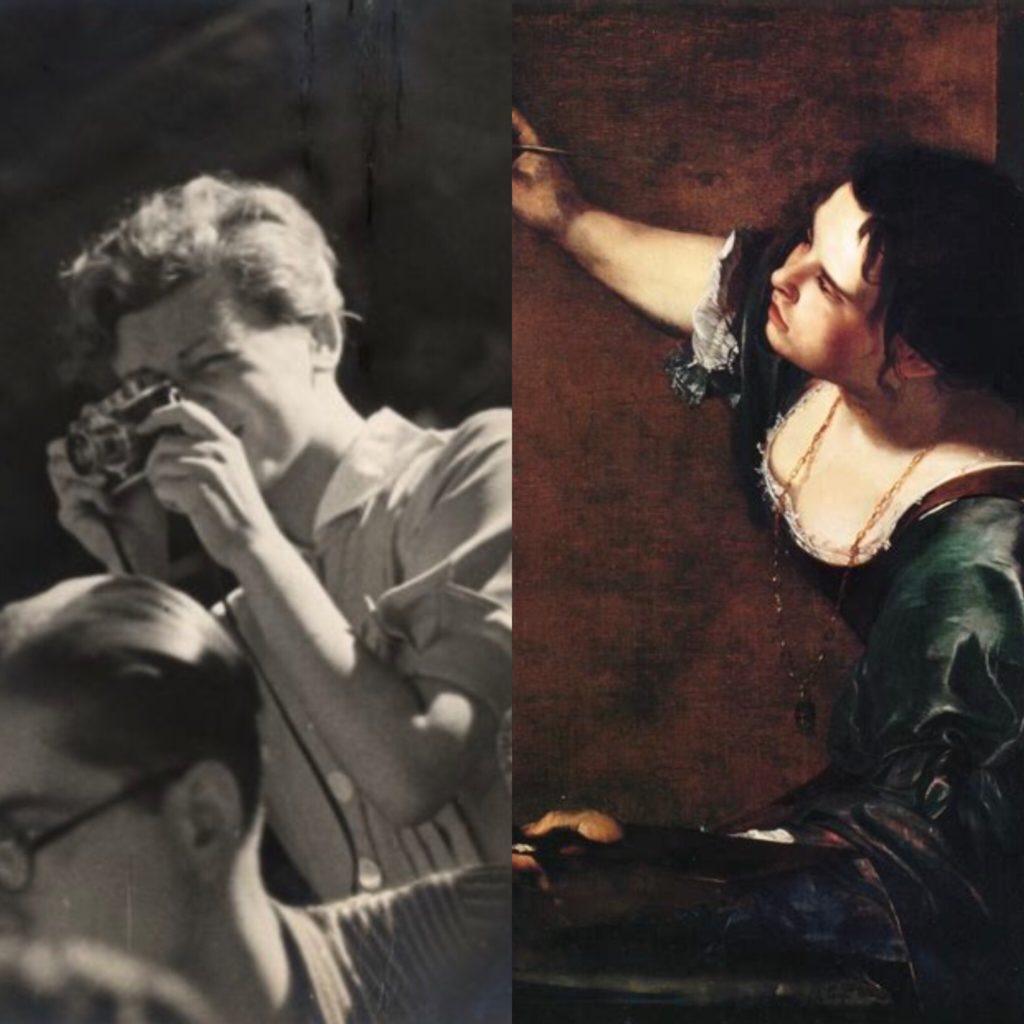
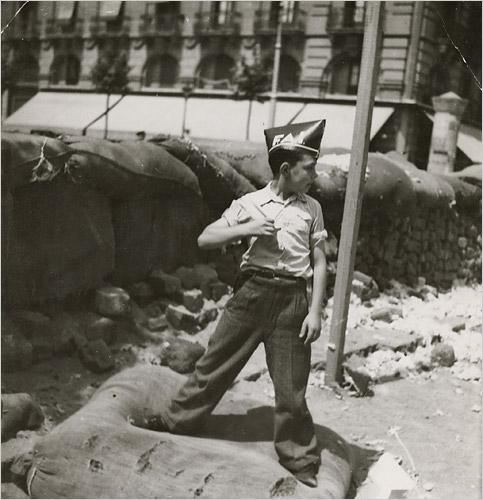
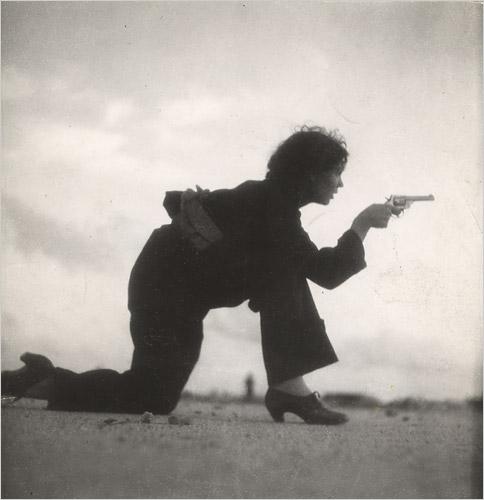
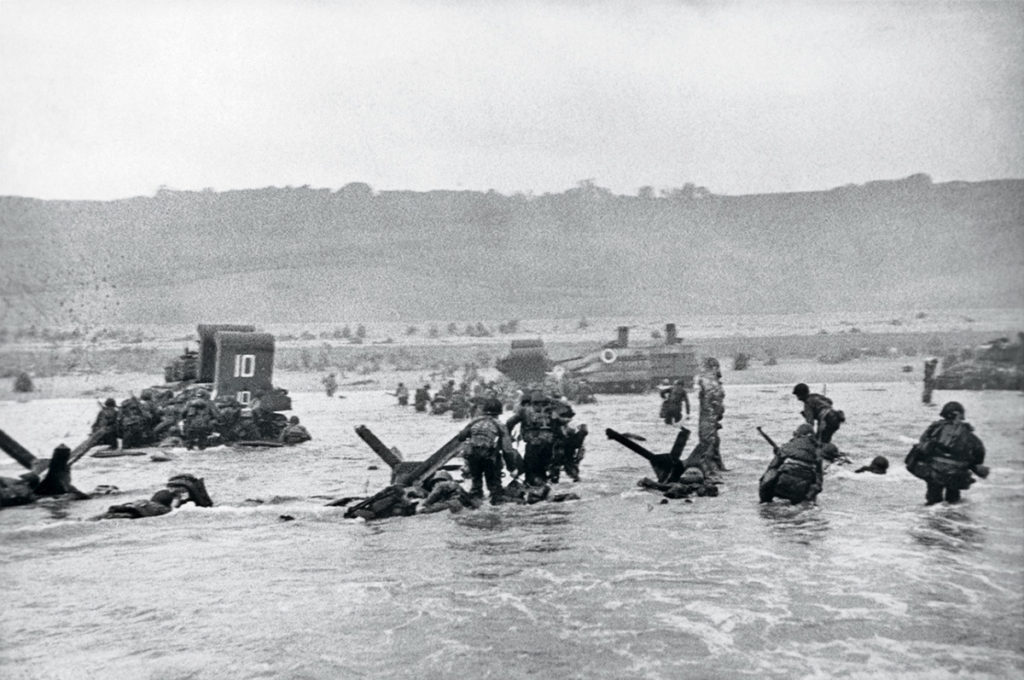
0 Comments
Would you like to share your thoughts?